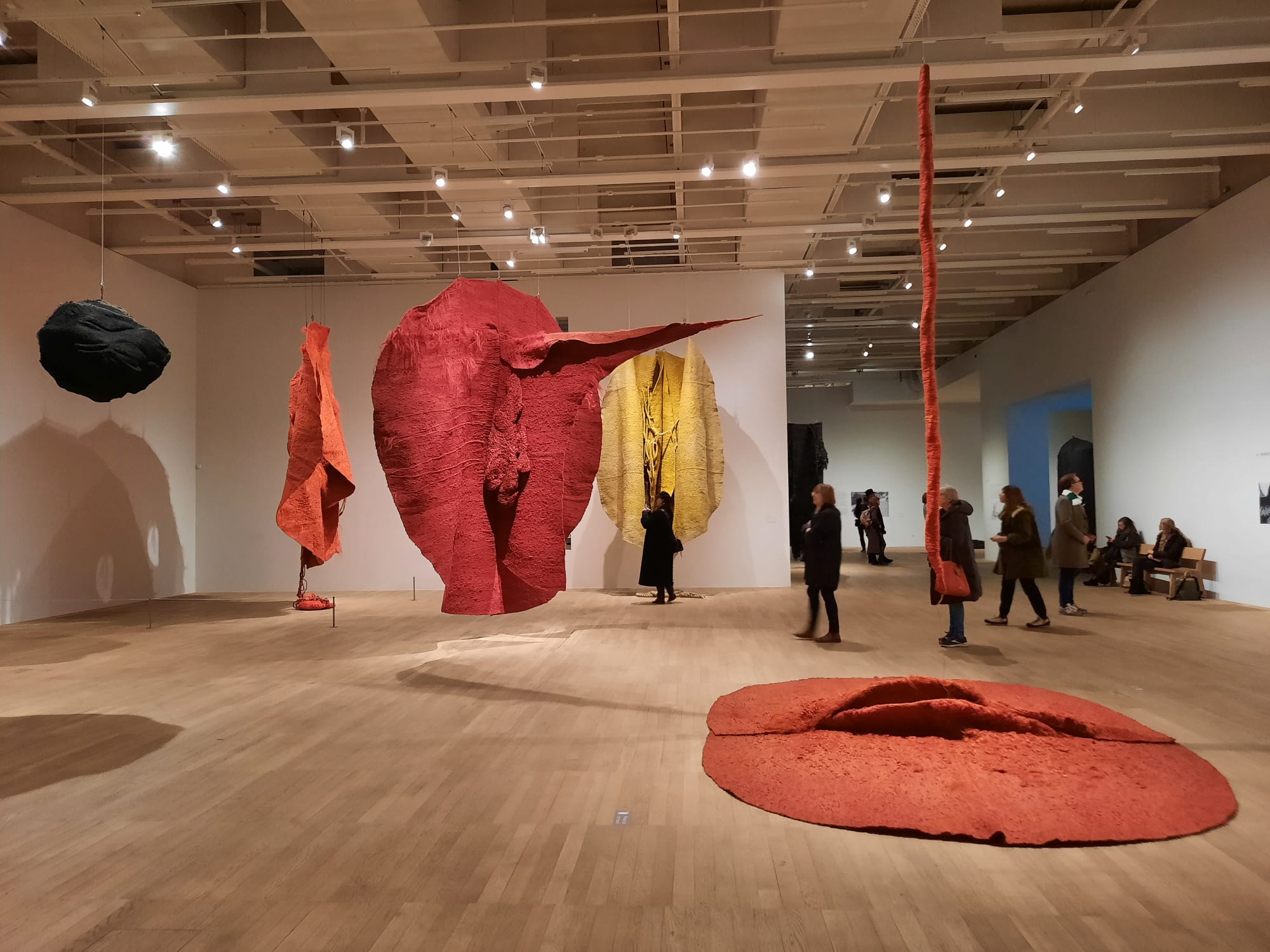Magdalena Abakanowicz: Every Tangle Of Thread And Rope – Tate Modern, London
A review of Magdalena Abakanowicz: Every Tangle of Thread and Rope. Part of the Tate’s exploration of female artists who pushed the boundaries of sculpture, Abakanowicz’s works were so genre-defying a new word had to be invented to describe them.
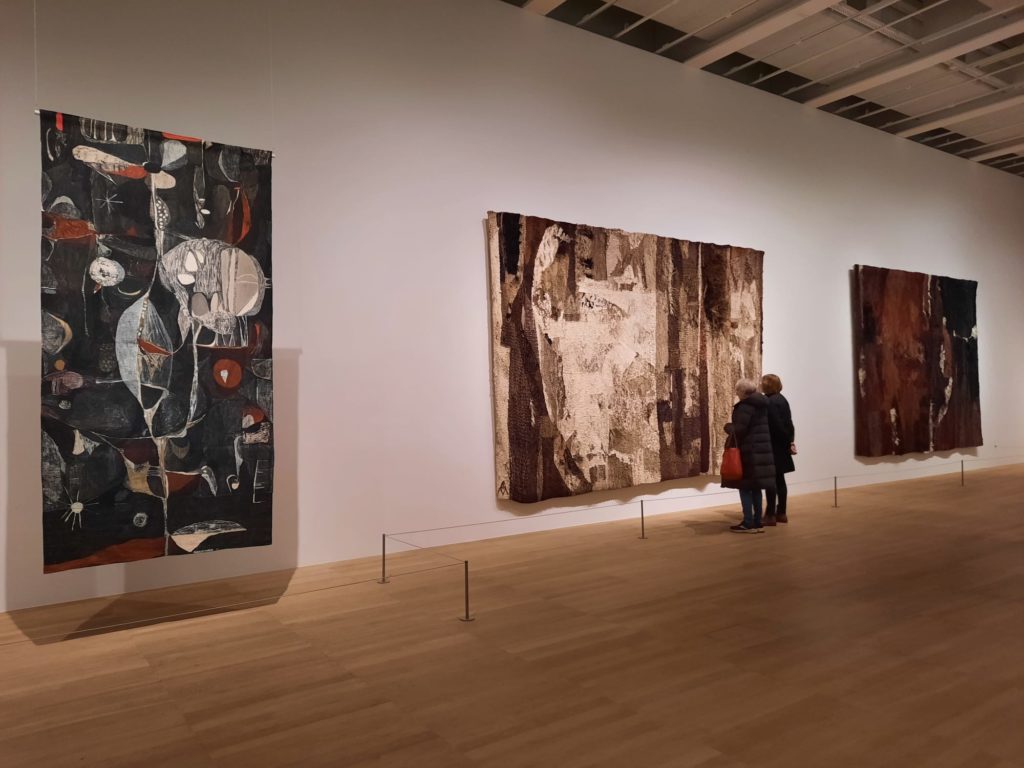
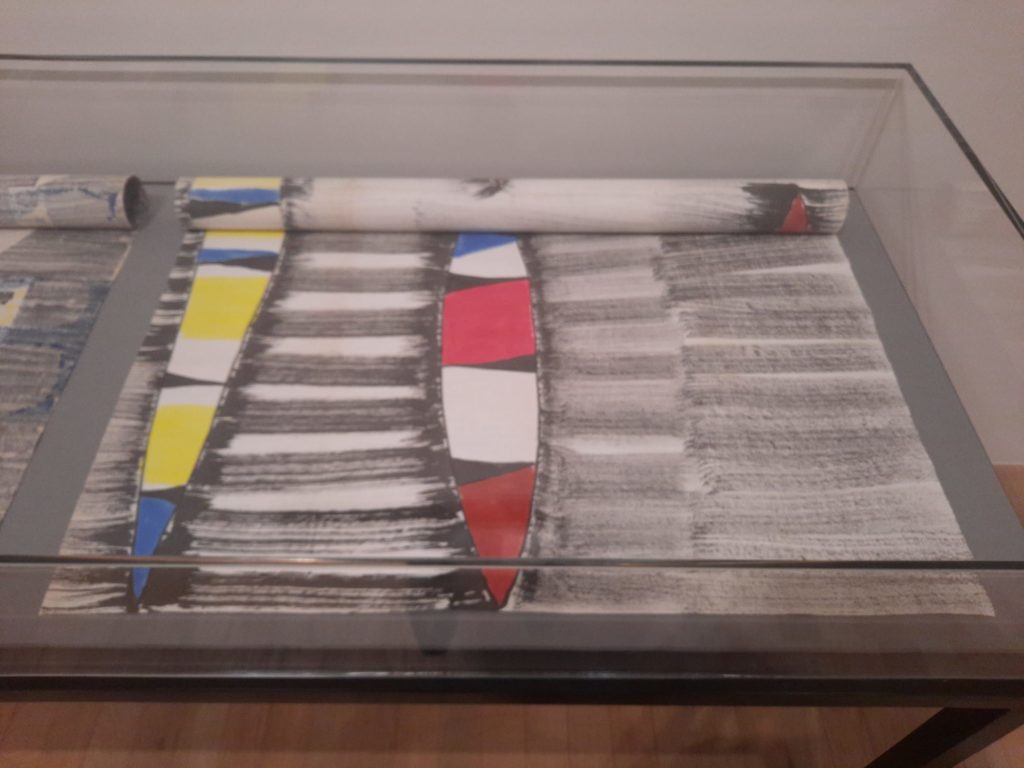
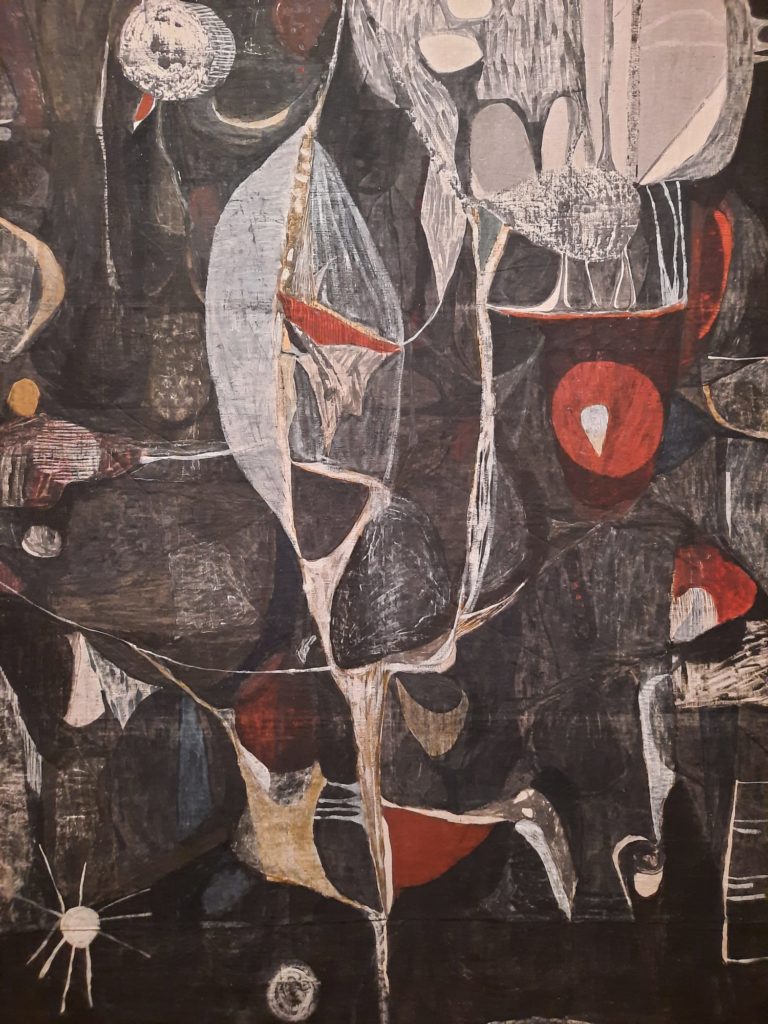
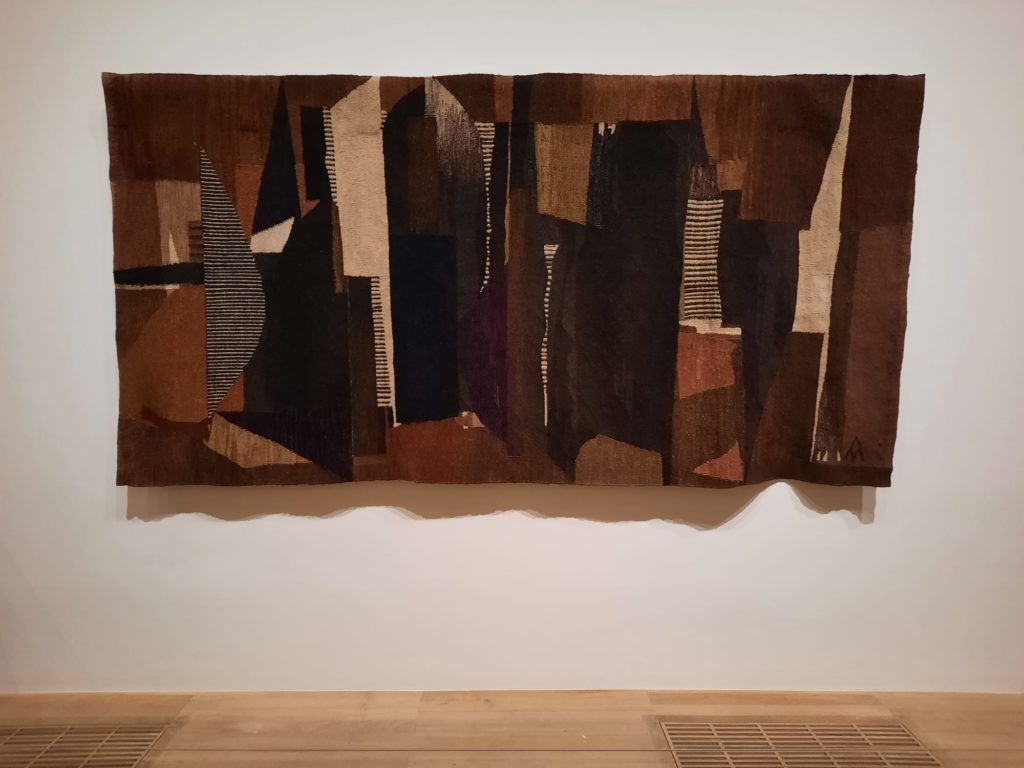
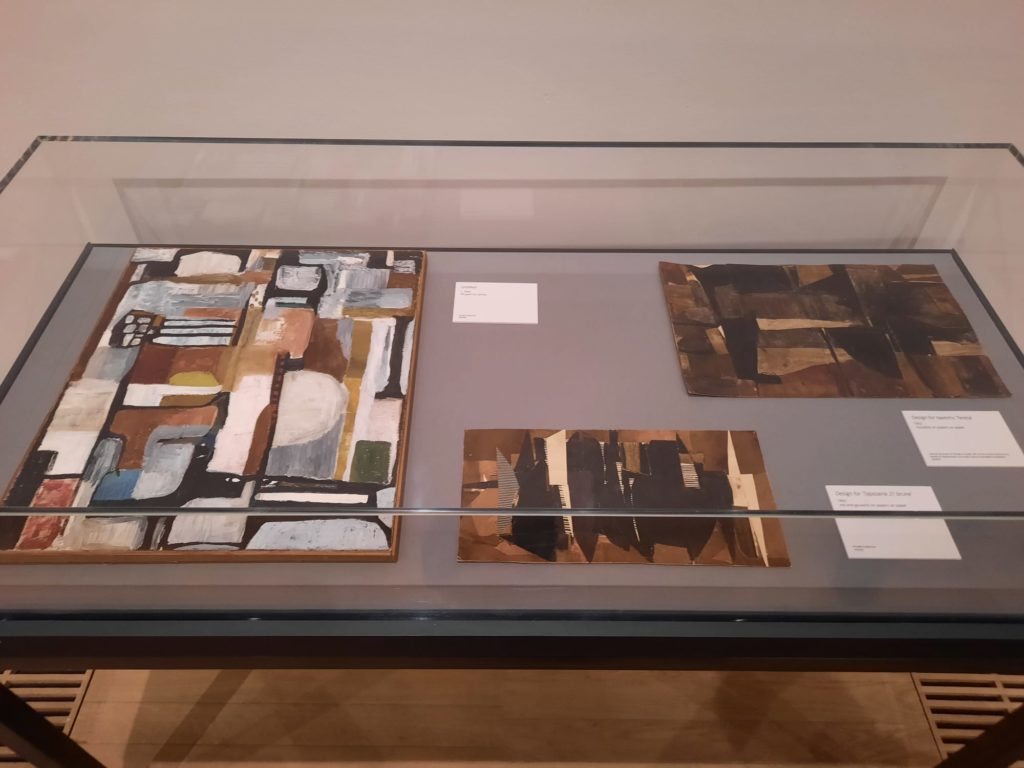
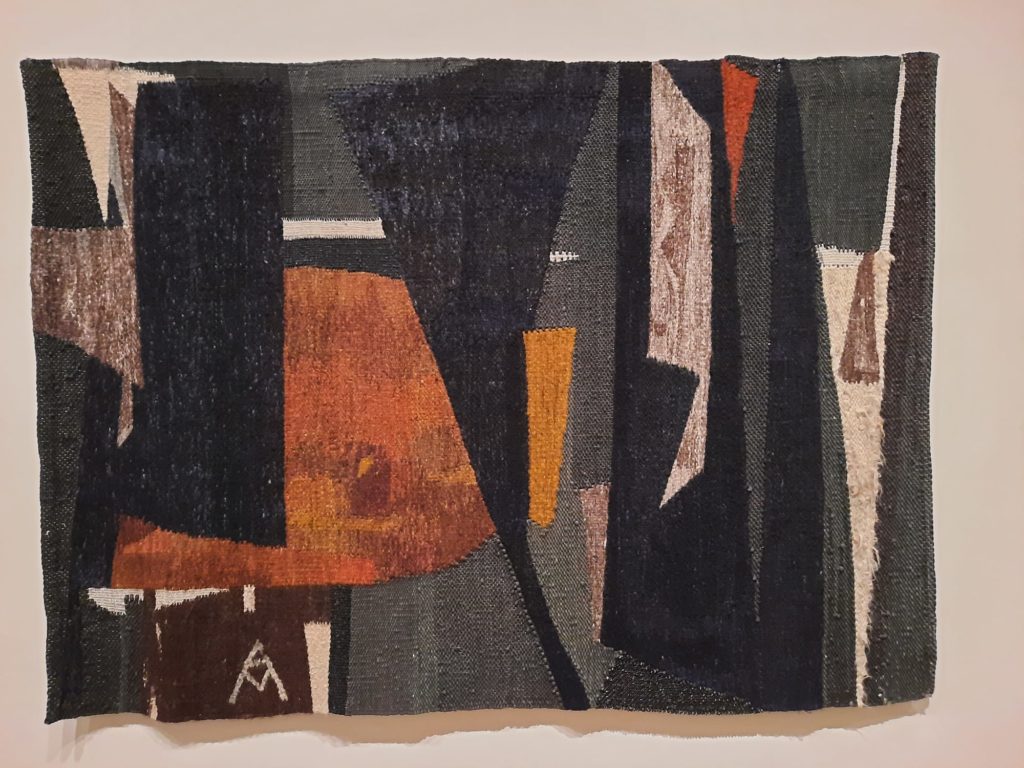
Magdalena Abakanowicz
The additional exhibition spaces Tate Modern has thanks to its Blavatnik Building extension give the gallery room to diversify and add depth to its programming. As well as the blockbusters like Cézanne, you can see exhibitions of work by artists who are less widely known. And perhaps all the more interesting for it. On a recent visit to Tate Modern I chose this latter option and saw Magdalena Abakanowicz: Every Tangle of Thread and Rope.
Magdalena Abakanowicz was a Polish artist, born in 1930. This meant that she came of age during a turbulent time in Polish history: WWII and the post-War Communist regime. Both impacted her family and world view. The fortunes of her once aristocratic family declined steadily during the conflict and subsequent years. And yet the memories of a childhood in the forest around her family’s manor house stayed with her and influenced her art for many years to come.
Abakanowicz studied at the Academy of Plastic Arts in Warsaw, graduating in 1954. While she studied both painting and weaving, it is the latter that made up the bulk of her artistic practice. The mid-1950s were not a bad time to pursue this type of work. There was greater artistic freedom as well as state support, particularly for anything crafty or folksy. Abakanowicz’s weavings quickly became something more transgressive, however, as she first improvised without a cartoon, and later produced three-dimensional works. She maintained this refusal to be bound by norms or expectations throughout her career.
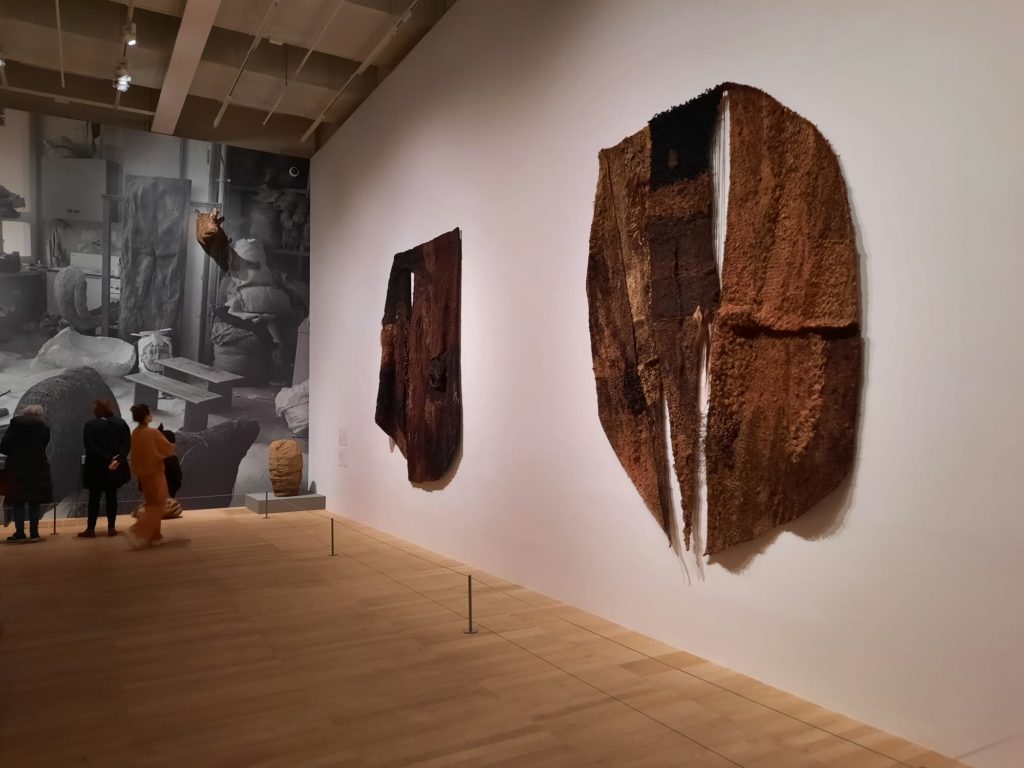
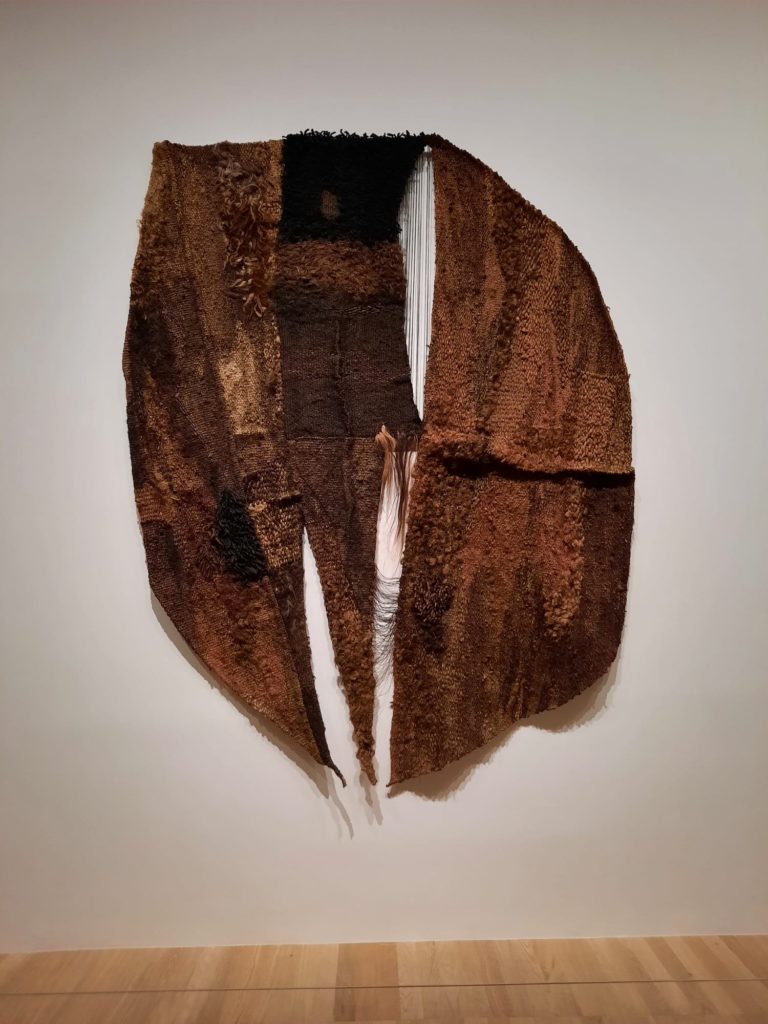
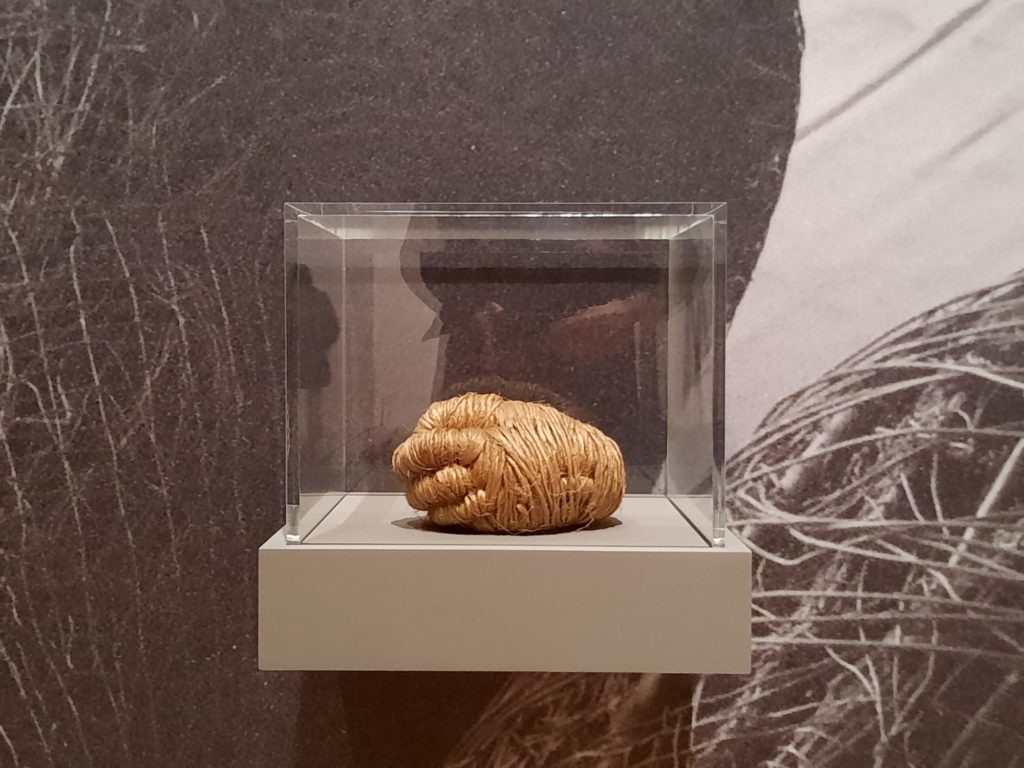
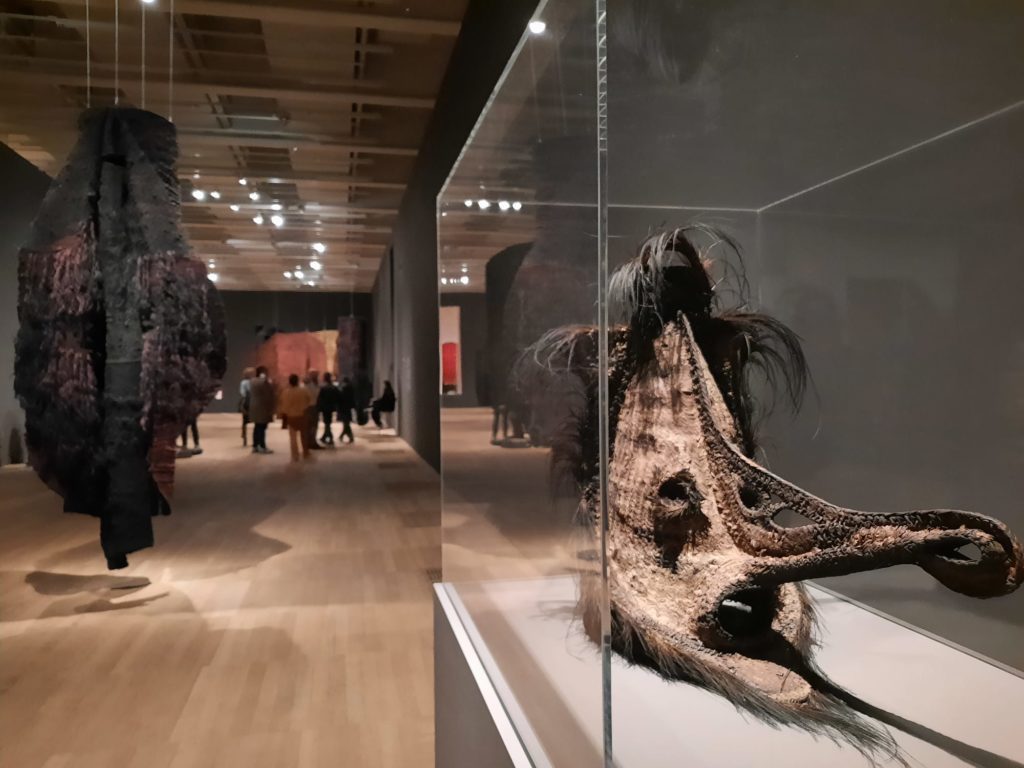
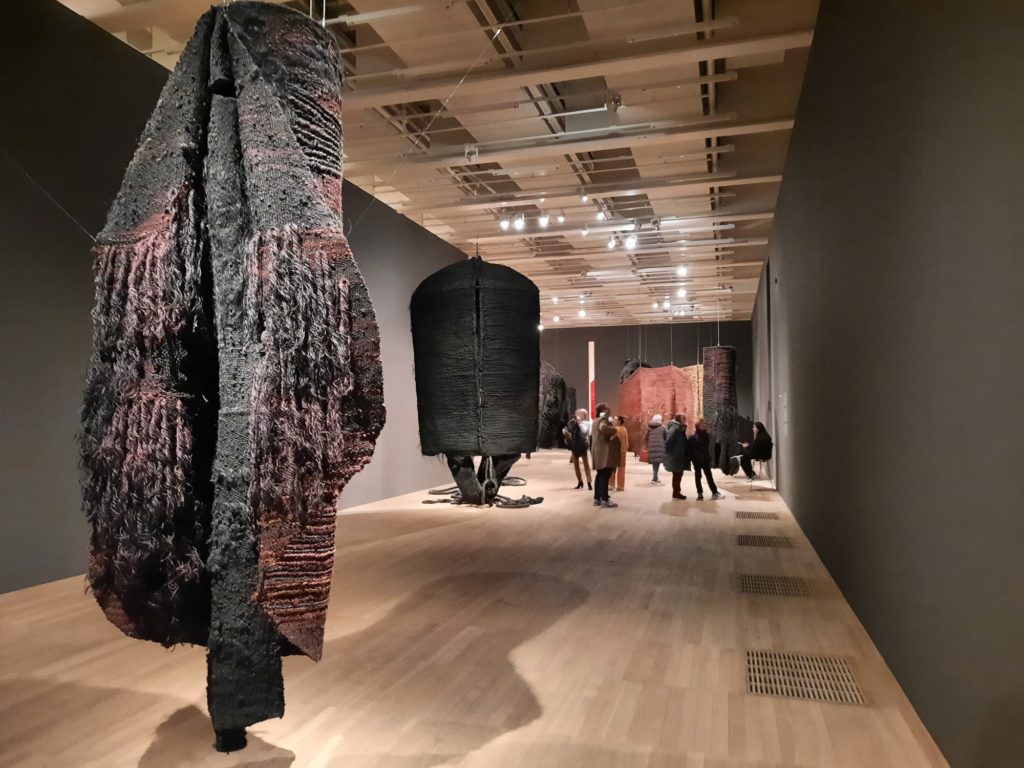
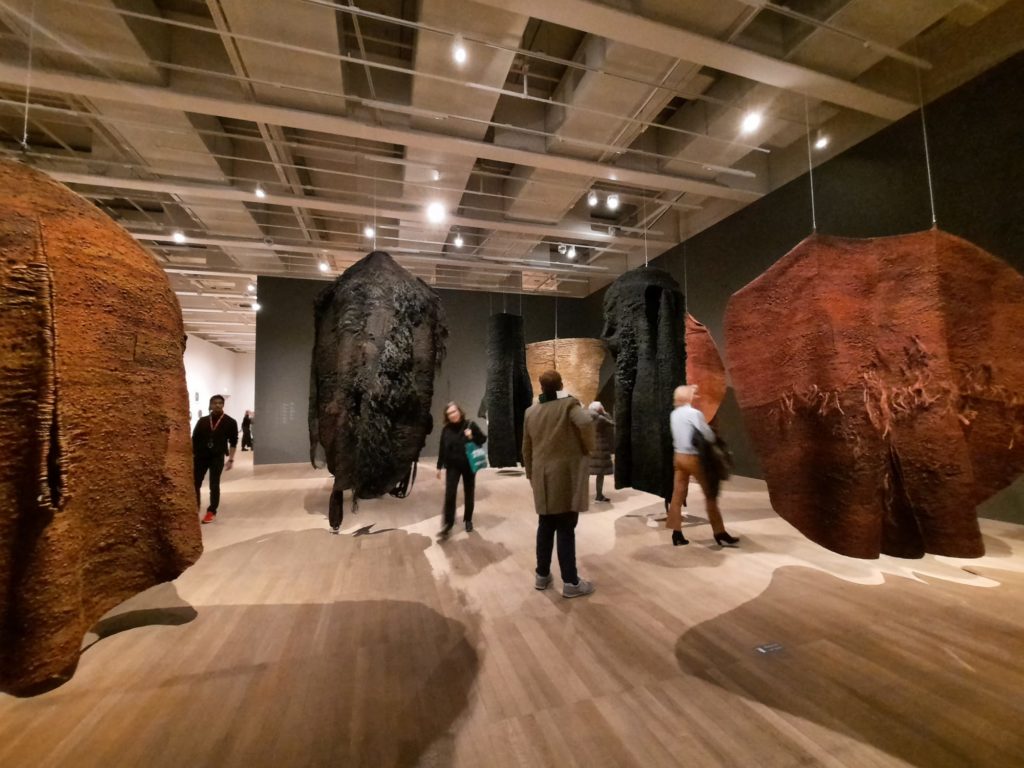
A Fibrous Forest
As Abakanowicz’s works became larger and more unexpected, they seem to have transformed into a new genre of art altogether. Firstly there’s the name: ‘Abakans‘. Coined by a puzzled art critic in 1964, the term stuck to describe her large three-dimensional works. Abakanowicz was also very particular about their presentation. From the late 1960s onwards she began to refer to ‘situations’ or ‘environments’. For her this meant curating the installation of the works. Combining them with found objects, for instance, or ensuring dramatic lighting.
The Tate exhibition aims to replicate the environments of Magdalena Abakanowicz, while also suitably protecting the works. What this means in practice is a bit of background to begin with: early works and scene setting. Then you emerge into a sort of fibrous forest where interconnected galleries play host to a range of towering Abakans. Gallery staff are of course on hand to keep you from getting too close: a tall order I’m sure as the works are so inviting. And this was part of Abakanowicz’s vision for them: she wanted to evoke protective hollows and tree trunks from the forest of her earliest youth.
Ever keeping her audience on its toes, Abakanowicz became tired in later years of being known as purely a ‘fibre artist’. There is a token nod at the end of the exhibition, therefore, to some of her other work. A sculpture based on a tree trunk stands in for other later works and commissions. A timeline adds more context and includes images of yet more. But this is firmly an exhibition about the central period of her career and the works for which she is best known.
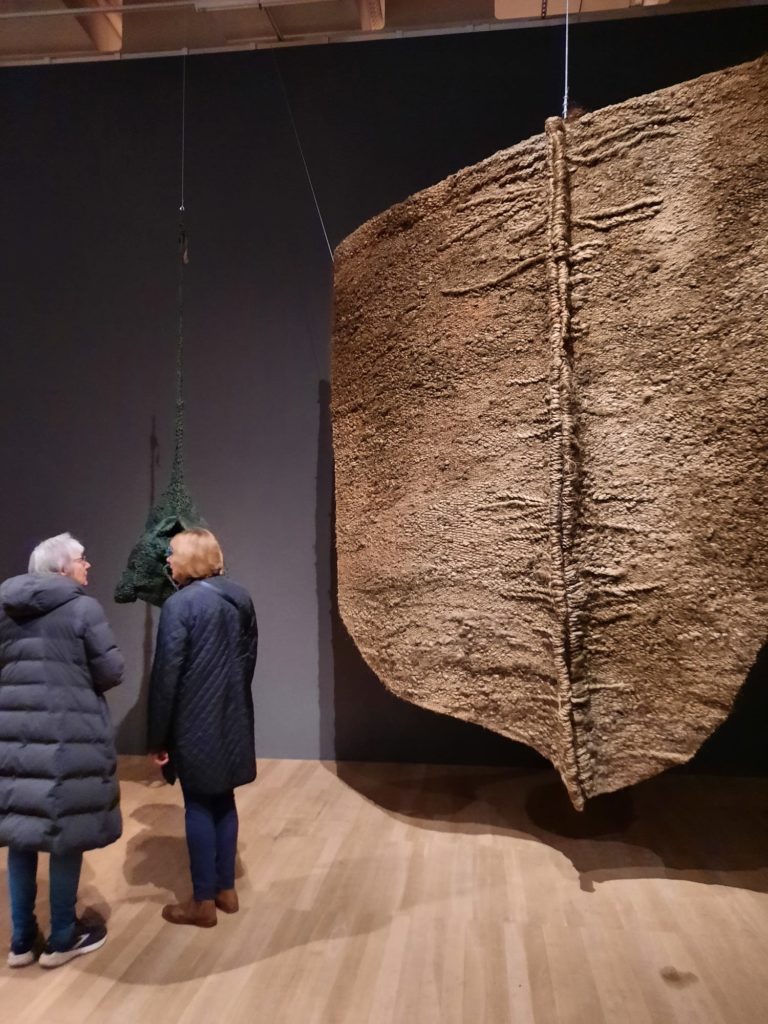
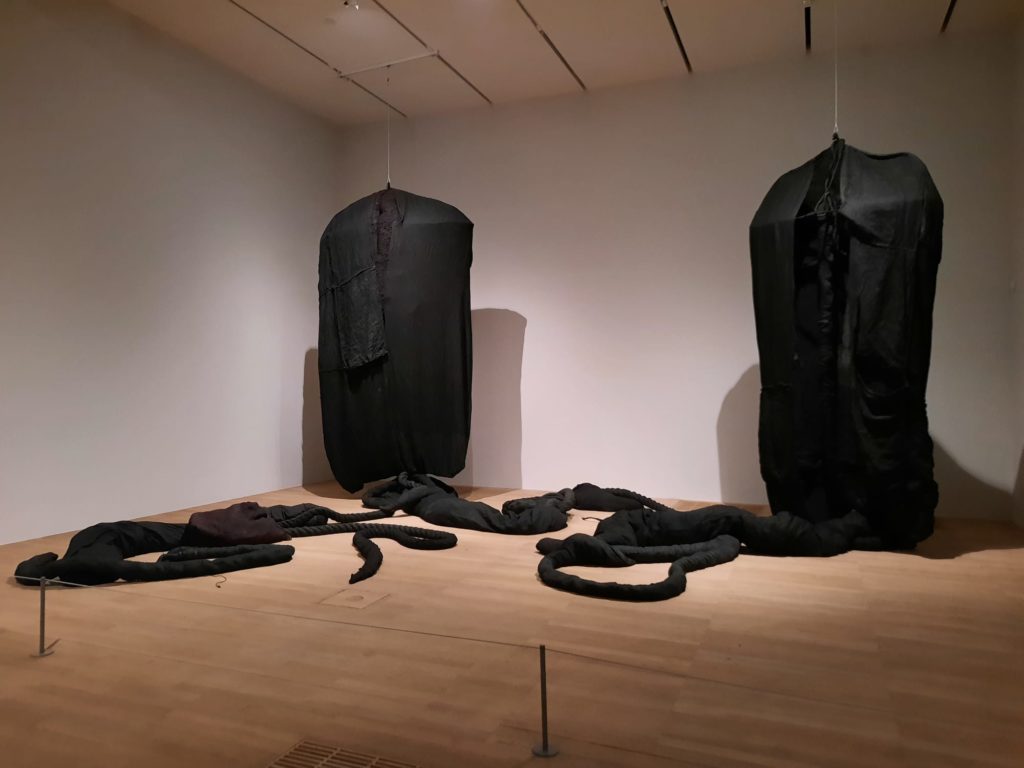
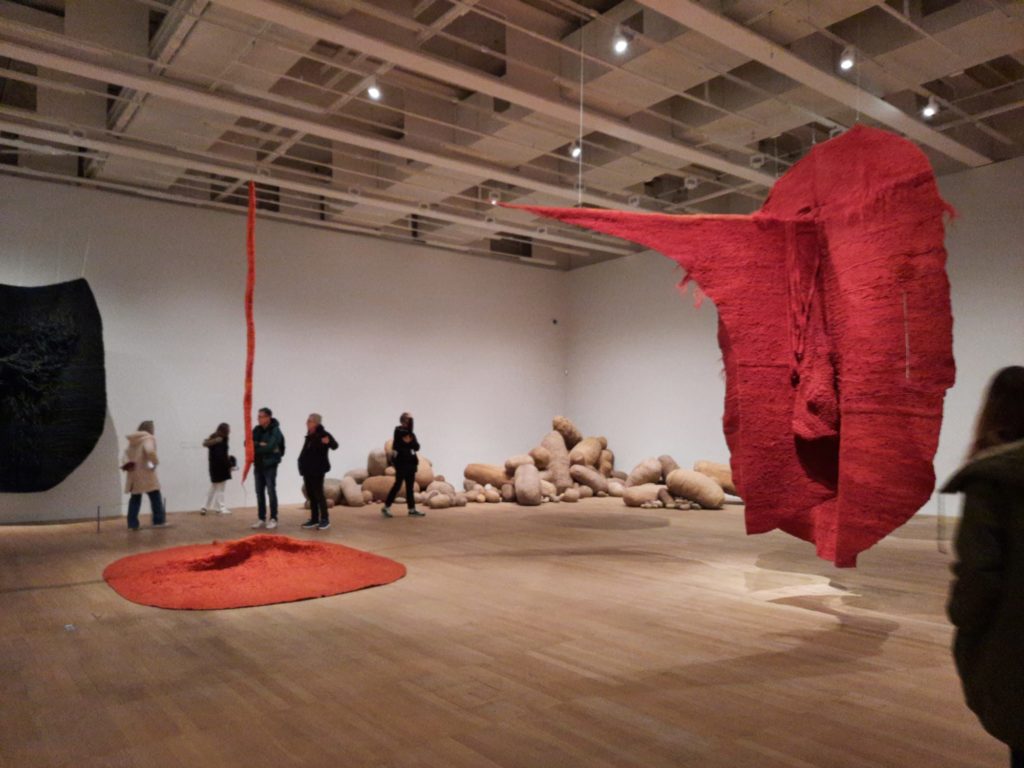
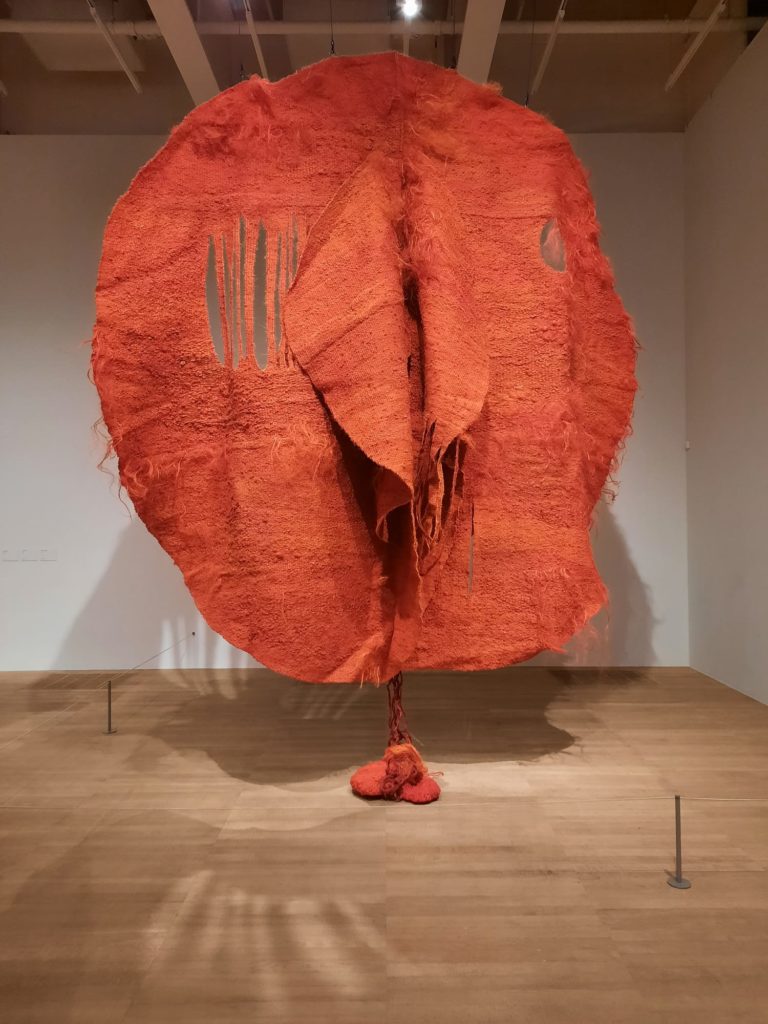

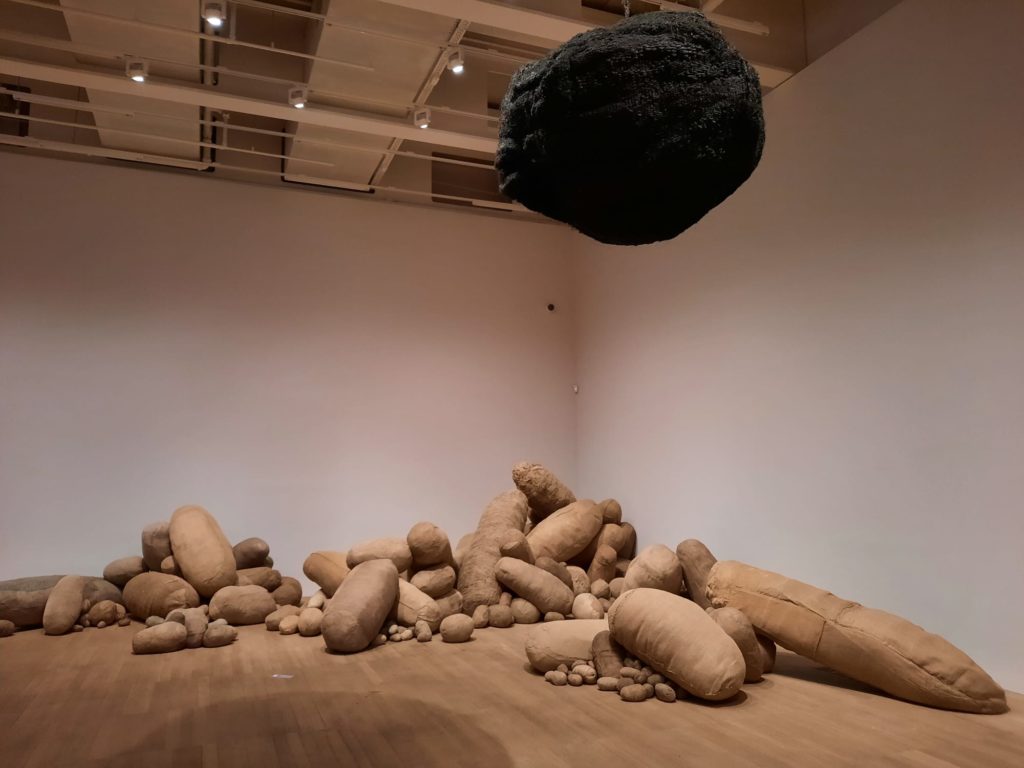
Final Thoughts On Magdalena Akabanowicz: Every Tangle Of Thread And Rope
As the artist and her Abakans are not very well known in the UK, I think the decision to focus the exhibition tightly was a sensible one. The Abakans themselves take up a lot of room so between a good selection of those and a bit of context setting before and after, this is an engaging and informative exhibition. Attempting to broaden out the survey of her work would have had the effect of diluting it.
I like the mid-century look in textile design, so the opportunity to see it pushed to its artistic boundaries was a welcome one. And I am interested in the dialogue around what is deemed art and what is craft, and how often this intersects with what is considered to be ‘women’s work’, so appreciated Abakanowicz’s confidence and ultimately her success and critical reception. I did rather wish I could curl up inside an Abakan for a bit and take a cosy nap, but that’s probably not great in terms of conservation.
This exhibition is well worth a look, particularly if you have an interest in expanding your artistic horizons or broadening your understanding of what sculpture can be. You can also beat the crowds who I am sure are over at Cézanne. Take a wander through the forest of Abakans yourself and let their soft forms and beautiful colours soothe you.
Salterton Arts Review’s rating: 3.5/5
Magdalena Abakanowicz: Every Tangle of Thread and Rope on until 21 May 2023
Trending
If you see this after your page is loaded completely, leafletJS files are missing.

